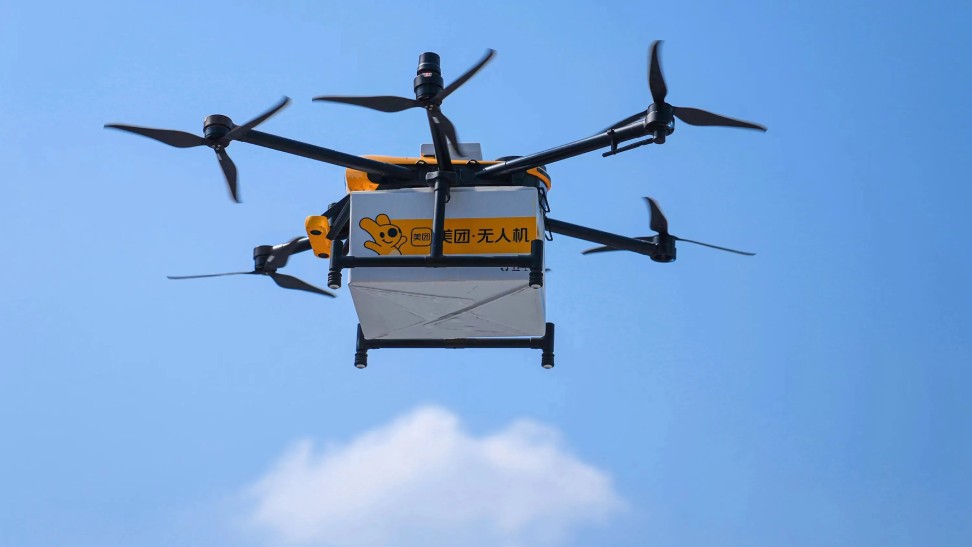11xplay Reddy Login, Betbhai9, T20exchange: As the demand for efficient and timely food delivery services continues to rise, the use of drones in the food delivery industry has garnered significant attention. Drones have the potential to revolutionize the way food is delivered, offering faster delivery times and reducing the costs associated with traditional delivery methods. From fast-food chains to fine dining establishments, many businesses are exploring the feasibility of integrating drones into their delivery operations to stay ahead in the competitive market.
One of the key advantages of using drones for food delivery is the ability to navigate through traffic congestion and reach the destination quicker than conventional delivery vehicles. This not only enhances the overall customer experience by ensuring prompt deliveries but also allows businesses to streamline their delivery processes efficiently. Additionally, drones have the potential to reduce the carbon footprint associated with food delivery by minimizing the use of fuel-powered vehicles, making them a more environmentally friendly option for food delivery services.
Advantages of Autonomous Vehicles
Autonomous vehicles present numerous benefits that have the potential to revolutionize various industries. One significant advantage is the enhanced safety features that self-driving vehicles offer. By minimizing human error, autonomous vehicles can significantly reduce the number of accidents on the road, making transportation safer for everyone.
In addition to safety, autonomous vehicles also have the potential to increase efficiency and productivity. Self-driving cars and trucks can optimize routes, avoid traffic congestion, and reduce idle time, leading to faster and more reliable transport services. This efficiency not only benefits businesses by lowering operational costs but also improves overall transportation infrastructure.
Challenges in Implementing Drone Delivery
Many challenges are faced when it comes to implementing drone delivery services for food and goods. One obstacle revolves around the regulatory framework that governs the use of drones in commercial settings. The laws surrounding airspace control, privacy, and safety standards are still evolving and can be complex to navigate for companies wanting to integrate drone delivery into their operations.
Another significant challenge is related to the technical capabilities of drones themselves. Despite advancements in technology, drones still face limitations in terms of flight range, payload capacity, and adverse weather conditions. Ensuring that drones can safely transport goods over long distances while maintaining efficiency and reliability poses a considerable hurdle for companies looking to scale up their drone delivery services.
– Limited flight range
– Payload capacity constraints
– Adverse weather conditions
– Safety standards and regulations
– Privacy concerns regarding drone use in commercial settings
What are some of the advantages of using drones in food delivery?
Drones in food delivery offer faster delivery times, reduced delivery costs, and the ability to access hard-to-reach areas.
Can autonomous vehicles help improve the efficiency of drone delivery services?
Bet365 ID, Play247 Online, Iceexchange: Yes, autonomous vehicles can help streamline the process by providing a centralized hub for drones to launch from and return to, as well as enabling real-time monitoring and communication.
What are some of the challenges in implementing drone delivery services?
Some of the challenges include regulatory hurdles, limited range and payload capacity of drones, privacy concerns, and the need for infrastructure investment.
How can companies overcome these challenges to successfully implement drone delivery?
Companies can work closely with regulatory bodies to address concerns, invest in research and development to improve drone technology, and establish partnerships with other businesses to share resources and expertise.
Must Read :

